44 how to find gluten on food labels
The Latest from the FDA on Gluten-Free Product Regulations This category deals with all issues surrounding gluten-free food and ingredient labeling regulations, including United States Food and Drug Administration proposed and actual regulations. ... Calls for Major Changes to Gluten-Free Labels and Policies in India By Jefferson Adams, in Product Labeling Regulations, March 21, 2019. 0 comments 2,274 ... How to Read Food Labels | Mark's Daily Apple In the U.S., a food manufacturer can also label a product as gluten-free according to the FDA if it contains less than 20 ppm of gluten and does not utilize gluten-containing grains (wheat, rye, barley) or ingredients derived from those grains unless they have been processed to remove gluten. 6 Vegan
Organic on Food Labels | FDA For more information on the use of the term "organic" on food labels and USDA requirements, go to the National Organic Program website. Content current as of: 03/07/2022
/1-22244b745bcf42d98e8c890c2d39b83d.png)
How to find gluten on food labels
Foods Labeled Gluten-Free May Still Have Some Gluten - Verywell Health Current testing technology can detect gluten down to about 3 ppm, and some specialty manufacturers produce products with less than 5 ppm of gluten in them. However, if you're sensitive to lower levels of gluten, you may react to products tested to have less than 5 ppm of gluten in them. 3 Sources By Jane Anderson Food Labeling & Nutrition | FDA Food labeling is required for most prepared foods, such as breads, cereals, canned and frozen foods, snacks, desserts, drinks, etc. Nutrition labeling for raw produce (fruits and vegetables) and ... Ultimate Gluten Free Shopping List 2022 (All Brands & Products) gluten free chocolate chip cookie mix. gluten free sugar cookie mix. gluten free rice flour blend. gluten free devil's food cake mix. gluten free yellow cake mix. gluten free pizza crust mix. Bob's Red Mill. gluten free biscuit and baking mix. gluten free muffin mix.
How to find gluten on food labels. Gluten-free diet - Mayo Clinic Foods that contain wheat, barley, rye or triticale — or an ingredient derived from them — must be labeled with the name of the grain in the label's content list. Foods that are labeled gluten-free, according to the U.S. Food and Drug Administration rules, must have fewer than 20 parts per million of gluten. Foods with these labels may include: Considering a gluten-free diet - Harvard Health The gluten-free diet is not just a fad. People with celiac disease must eat food without the protein gluten. In addition, people with nonceliac gluten sensitivity can benefit from the diet. The diet requires followers to become gluten detectives, looking for the ingredients wheat, rye, or barley and their derivatives on food labels. It also requires looking for gluten in hidden sources, such ... Food Certification Labels Can Help Consumers Make Better Choices ... Beginning in January 2022, food and beverage products containing GMOs must use a new label, Bioengineered (BE), from the USDA. Consumers can now find labels noting that a food has been bioengineered or derived from bioengineering. But some non-GMO advocates argue this label doesn't go far enough. Understanding Food & Nutrition Labels - Mount Carmel Blog The label's nutrient section shows you the nutrients you'll be getting by consuming that product. You can use the label to seek out foods containing more of the nutrients you want (vitamins and minerals) and less of those you may want to limit (saturated fat, sodium, and added sugars). The Percent Daily Value (DV)
Gluten-Free Foods List | EatingWell Currently, using a "gluten-free" label is optional on food products sold in the U.S. All products that are labeled "gluten-free" must contain less than 20 parts per million gluten. The 20 ppm threshold was set because it is virtually impossible to reliably detect levels below this (it's like finding a grain of sand in a swimming pool). Your Go-To List of Gluten-Free Candy | livestrong First, look for a "Gluten-Free" label on the front package of the product. This label is regulated by the Food & Drug Administration and signifies that the food you're eating has less than 20 parts per million (ppm) of gluten, which is generally safe for people with celiac disease to eat. Your Guide to Deciphering Food Labels - Step One Foods Look for the one that says 100 percent: That means all the grains are whole grains. Any other labels may mean that up to half of the grains are refined. (And keep in mind that corn counts as a whole grain!) 2. ORGANIC In this case, it's not the FDA that regulates the labels, it's the USDA. (Confused yet?) How to Read Food Labels: Your Complete Consumer Guide In addition to audits and paper trails, the GFCO tests products for traces of gluten. There's also a seal for those who can and do eat gluten-containing and gluten-free grains. Choosing whole grain products over fractionated grains that are missing fiber and nutrients is an important part of a healthy diet.
List of Gluten Free Cereals - Tested for Hidden Gluten On top of the gluten-free label and the endorsement from the Celiac Disease Foundation, I independently tested Cheerios for hidden gluten. The Nima Sensor did not detect any gluten (a smiley face means no gluten found). ... Fruity Pebbles are made from rice, sugar, oil and a whole bunch of food dye. No gluten in sight, and Nima is all smiles ... Fig: Food Scanner & Discovery App Review - Good For You Gluten Free Reviewing complex ingredient labels, and Googling ingredients to find out if they're gluten free, takes a lot of time. With Fig, however, reviewing a food label happens in seconds. No more spending precious time staring at food labels and Googling ingredients to find out if they're gluten free because Fig does the heavy lifting for you. Gluten: What is it, gluten-free diet, intolerance, and sensitivity Therefore, it is safest only to consume oats with a gluten-free label. Gluten-free foods. There are plenty of healthy whole foods that are naturally gluten free, including: meat; fish and seafood ... This Is How to Read a Nutrition Facts Label on the Keto Diet To go a little deeper, each of the three macronutrients (protein, carbohydrates, and fat) contains a certain amount of calories per gram, no matter what food they're in. For instance [ * ]: 1 gram of protein = 4 calories (4 units of energy) 1 gram of carbohydrate = 4 calories (4 units of energy) 1 gram of fat = 9 calories (9 units of energy)
How to Identify Gluten on Food Labels - Verywell Health People who need to avoid gluten usually know to check food labels for "wheat." You may need to read labels more carefully, though, to find other ingredients that contain gluten. Check for grains that are forms of wheat or which are made from wheat such as malt and farina. Also look for colorings, flavorings, or other additives.
Gluten-Free Foods List - Healthline Gluten-free whole grains quinoa brown rice wild rice buckwheat sorghum tapioca millet amaranth teff arrowroot gluten-free oats Grains to avoid rye barley triticale These gluten-containing grains...
Label reading 101 - Healthy Food Guide You can verify these claims by reading the nutrition information panel on the back of food products. Step 2: Scan the ingredients list Ingredients used in products are listed in descending order by weight, from the largest to the smallest. Pay particular attention to the first three ingredients.
Gluten Free Diet: Building the Grocery List - Academy of Nutrition and ... At the grocery store, be sure to read food panels carefully. Start by looking for the words gluten-free. Under the FDA rule, a food can be labeled gluten-free when the unavoidable presence of gluten in the food is less than 20 parts per million. Some foods labeled gluten-free may also contain wheat starch.
17 Misleading Food Labels Designed To Influence What You Buy Food Marketing Label Tricks 1. Hiding sugar content Disguising sugar with deceptive food labeling is almost an art form with food marketers these days, given the prevalence of obesity ( 1 ), diabetes, & pre-diabetes in our country ( 2 ). 2. Saying something's not there that was never there anyway
What misleading food labels such as 'less processed' and 'multigrain ... That's garden-variety refined white flour, emphatically not whole grain. Next there's water, sugar, yeast, sunflower seeds and wheat berries. When we get to the "2% or less" portion of the label,...
What Is Gluten? Common Foods, Conditions, and More - Healthline Most fresh, whole, and unprocessed fruits, vegetables, protein-based foods, fats, and oils are naturally gluten-free. When those food items are processed or flavored or even just packaged, check...
How To Read Food and Beverage Labels - National Institute on Aging At the top of the Nutrition Facts label, you will find the total number of servings in the container and the food or beverage's serving size. The serving size on the label is based on the amount of food that people may typically eat at one time and is not a recommendation of how much to eat. Read more about serving and portion sizes.
15 Most Deceptive Food Label Terms That Are Fooling You A "gluten-free" label is a voluntary addition by food companies, which could pose a problem for those with celiac disease. In 2013, the Food & Drug Administration finalized the definition of the term "gluten-free" for food labeling. They concluded that foods that contain 20 ppm (parts per million) of gluten or more can not be considered gluten ...
Ultimate Gluten Free Shopping List 2022 (All Brands & Products) gluten free chocolate chip cookie mix. gluten free sugar cookie mix. gluten free rice flour blend. gluten free devil's food cake mix. gluten free yellow cake mix. gluten free pizza crust mix. Bob's Red Mill. gluten free biscuit and baking mix. gluten free muffin mix.
Food Labeling & Nutrition | FDA Food labeling is required for most prepared foods, such as breads, cereals, canned and frozen foods, snacks, desserts, drinks, etc. Nutrition labeling for raw produce (fruits and vegetables) and ...
Foods Labeled Gluten-Free May Still Have Some Gluten - Verywell Health Current testing technology can detect gluten down to about 3 ppm, and some specialty manufacturers produce products with less than 5 ppm of gluten in them. However, if you're sensitive to lower levels of gluten, you may react to products tested to have less than 5 ppm of gluten in them. 3 Sources By Jane Anderson




/GettyImages-561127165-5b706eeec9e77c00500d5825.jpg)


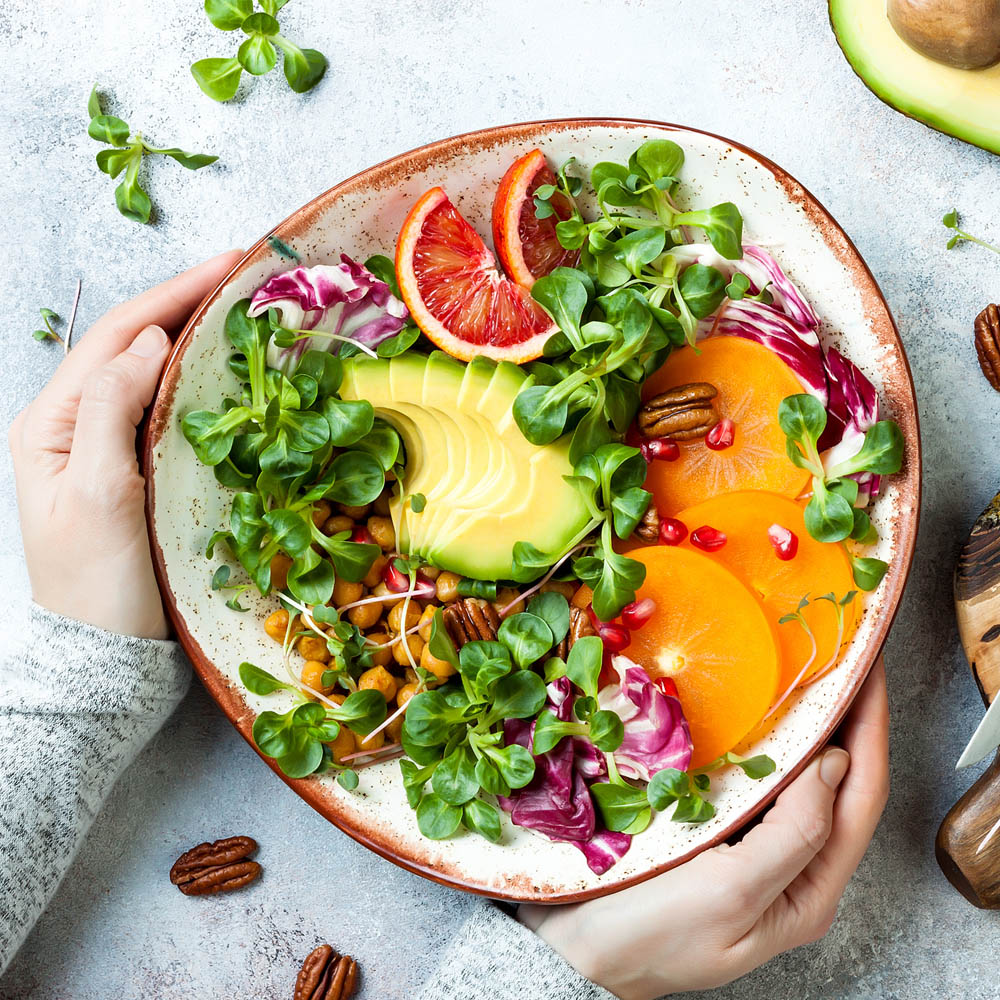
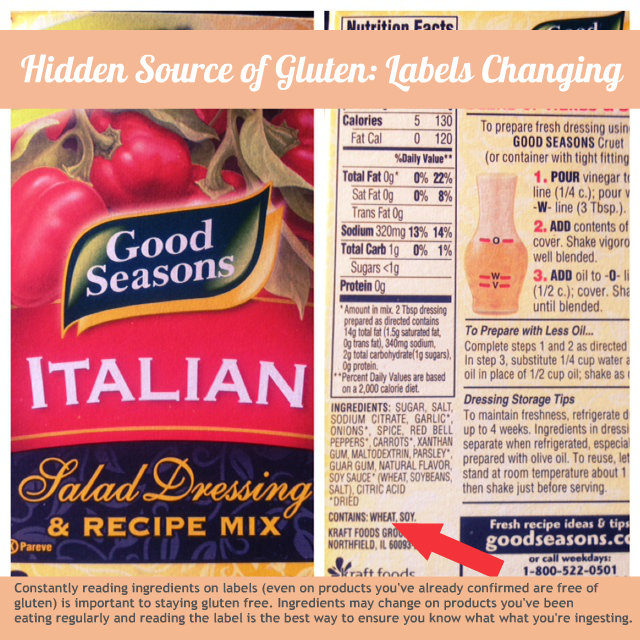


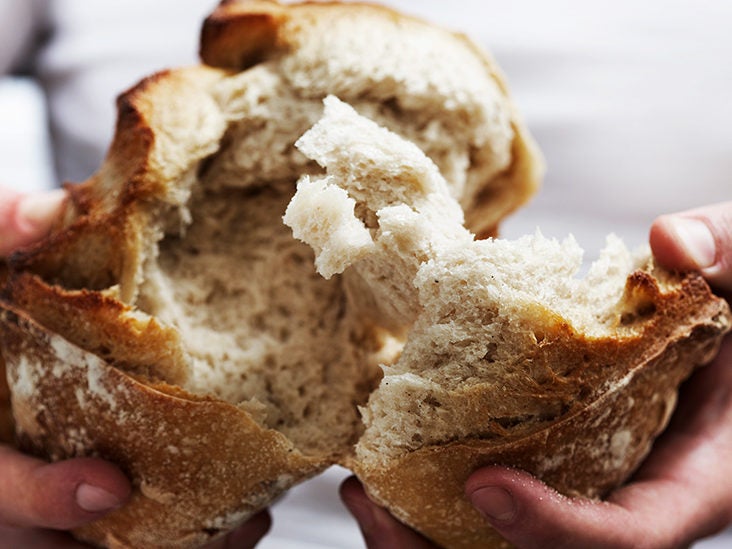




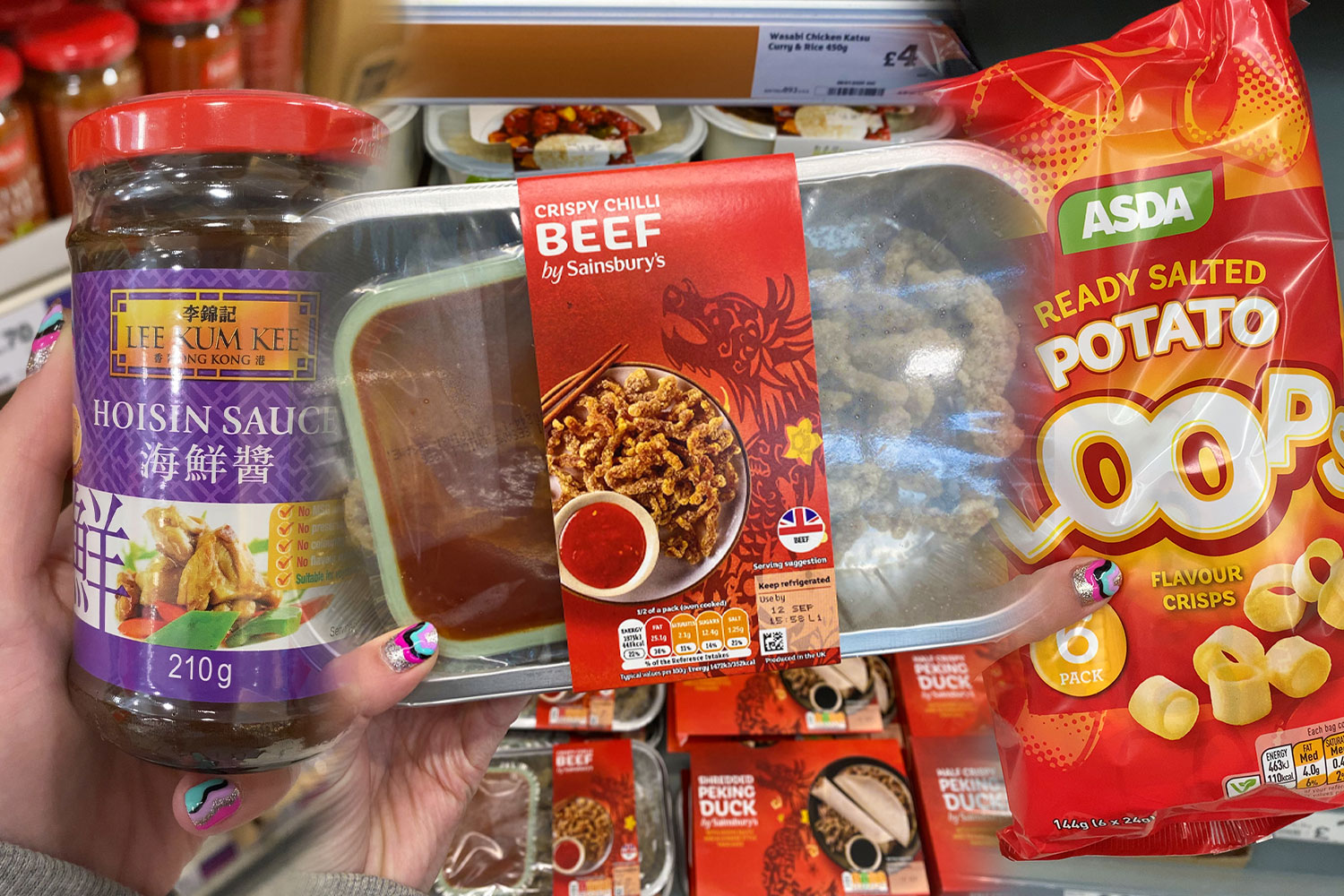
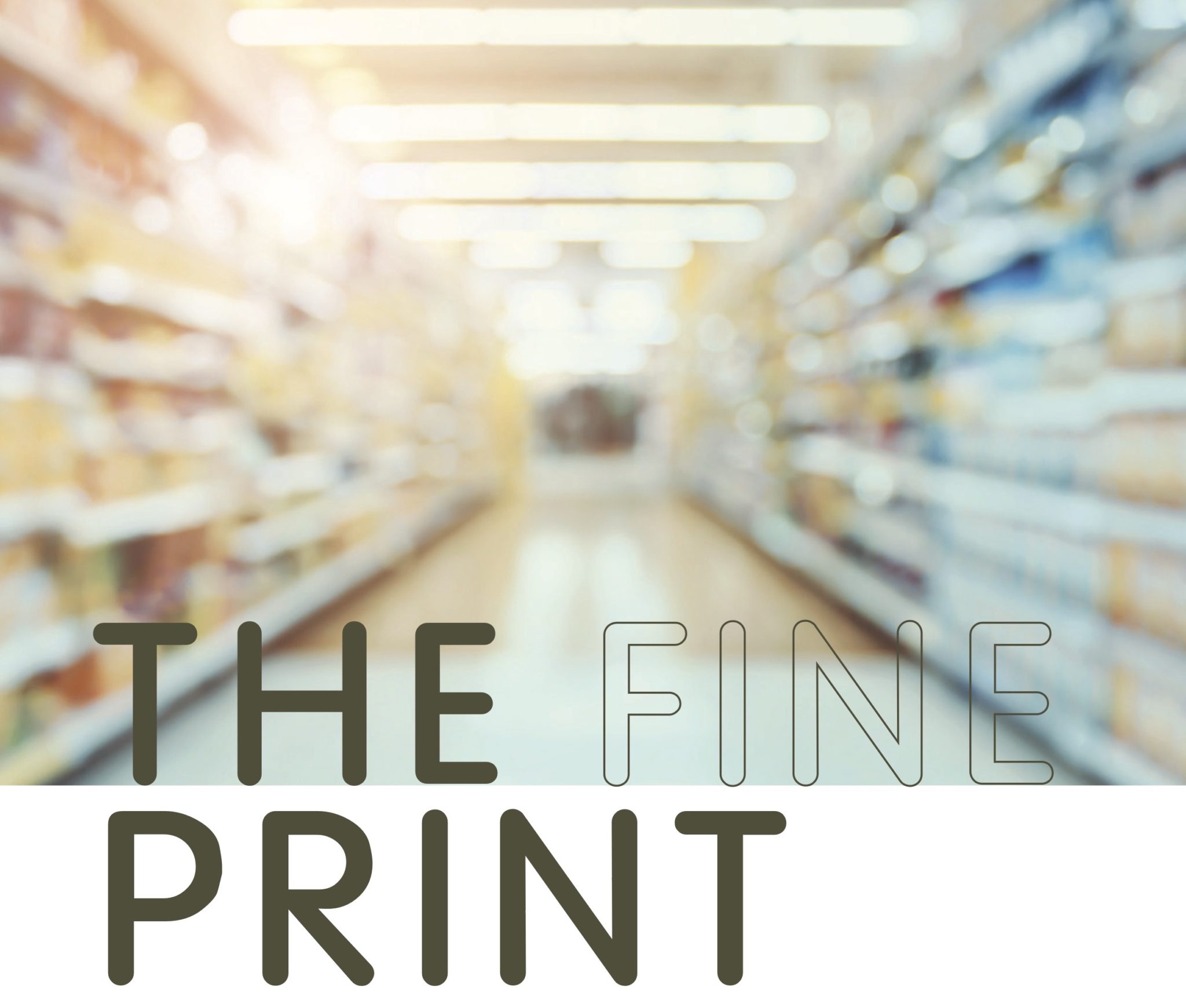
:max_bytes(150000):strip_icc()/Calories-Spauln-56edbcc45f9b5867a1c13fbb.jpg)
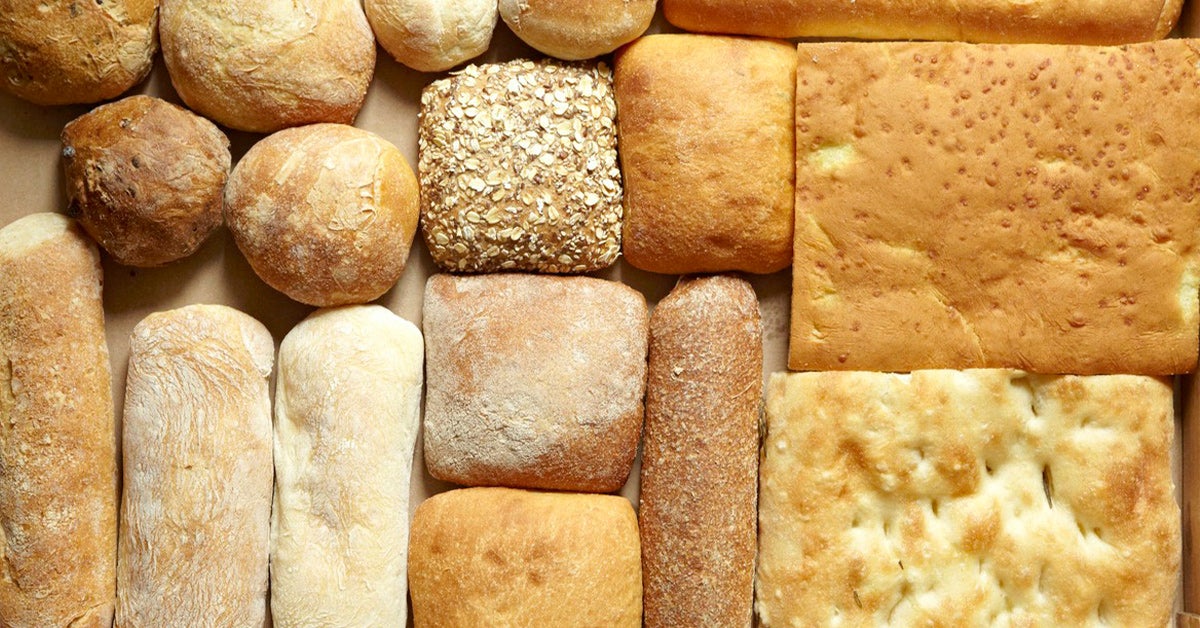

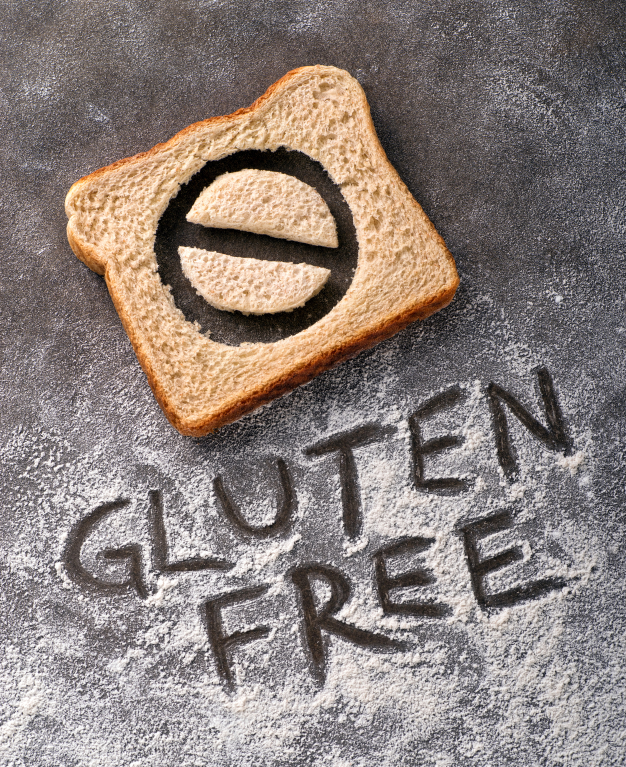



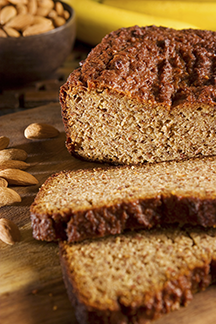
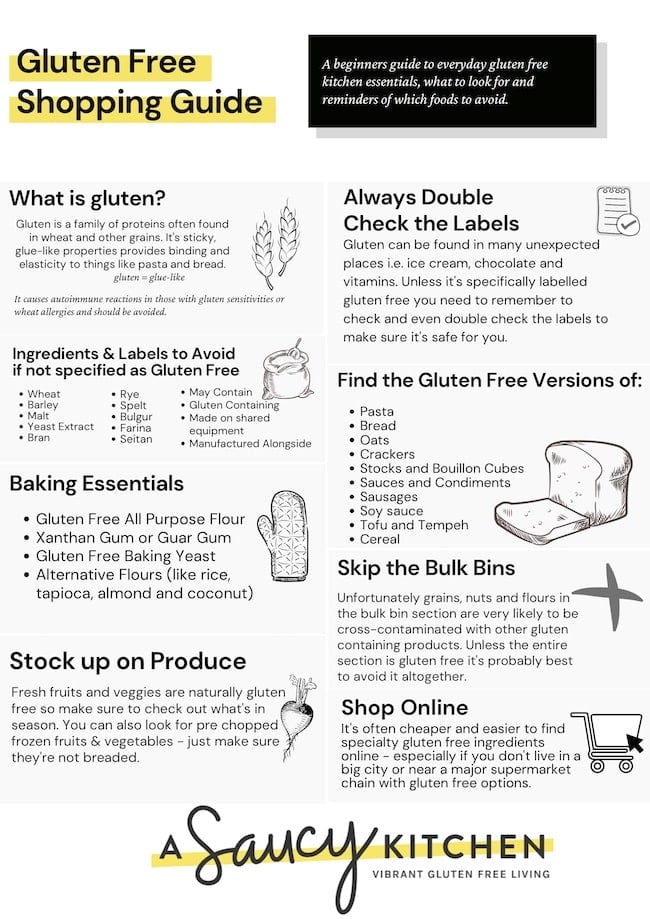
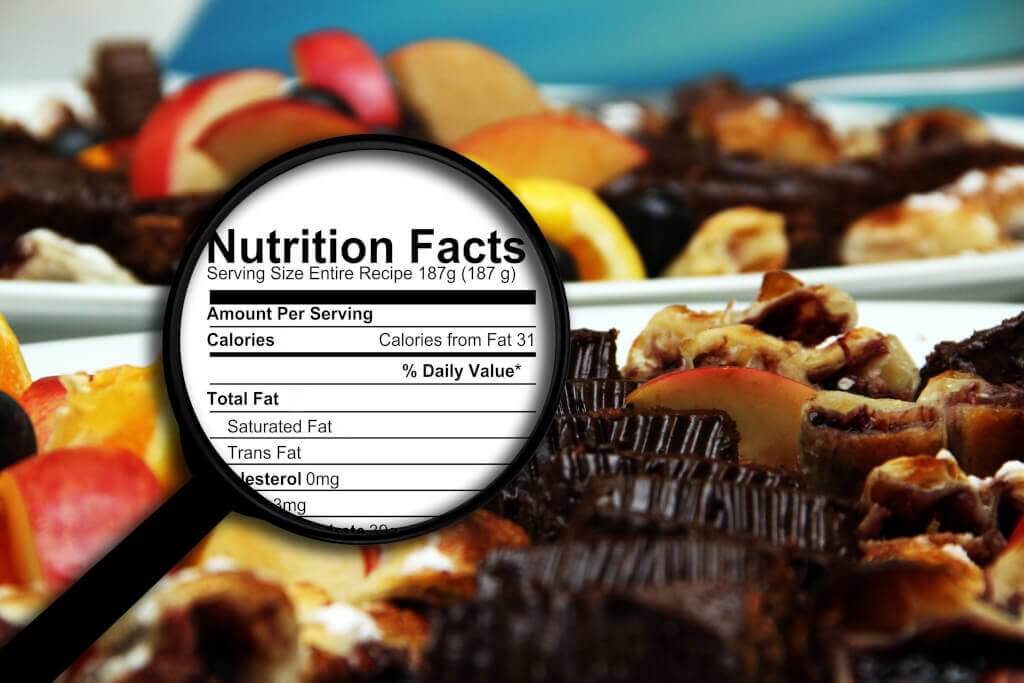

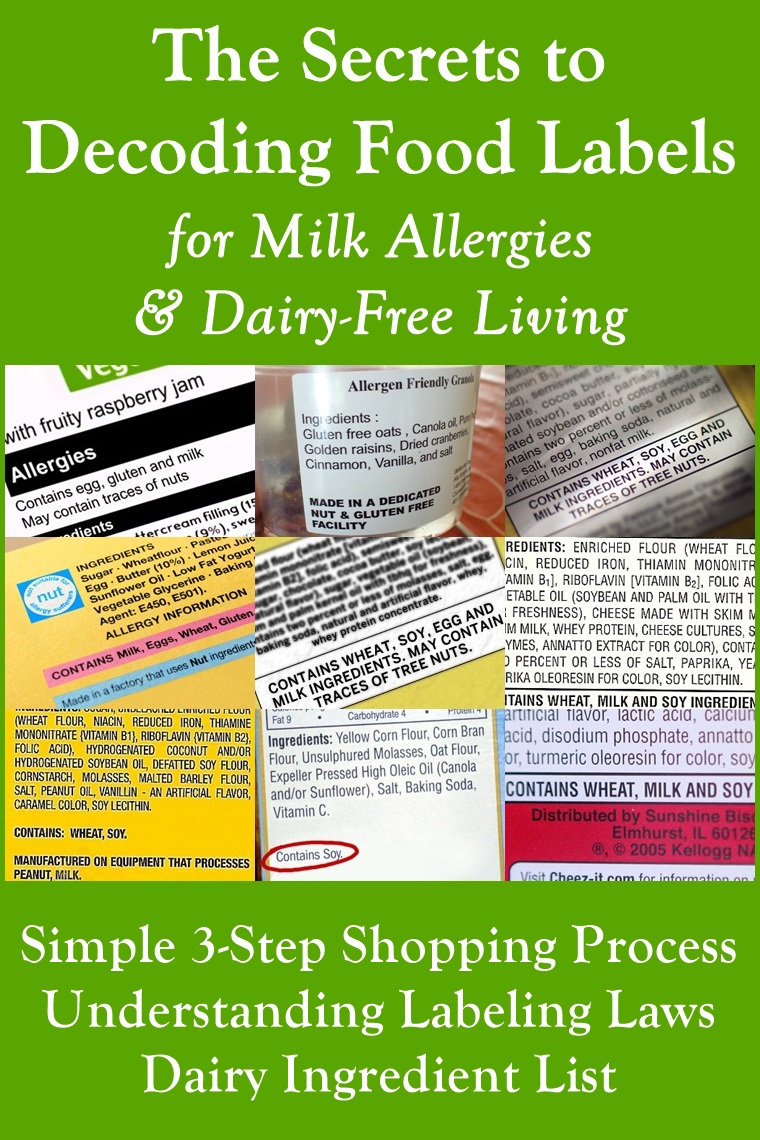

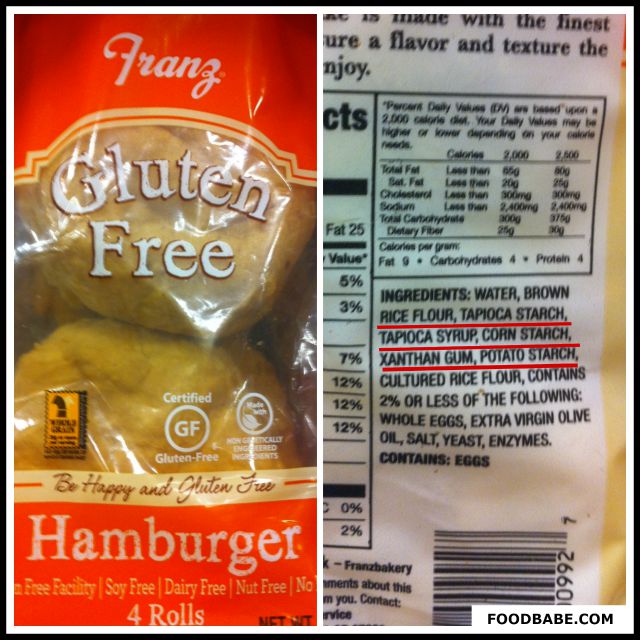
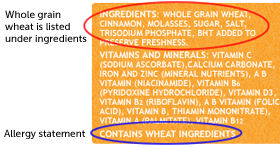


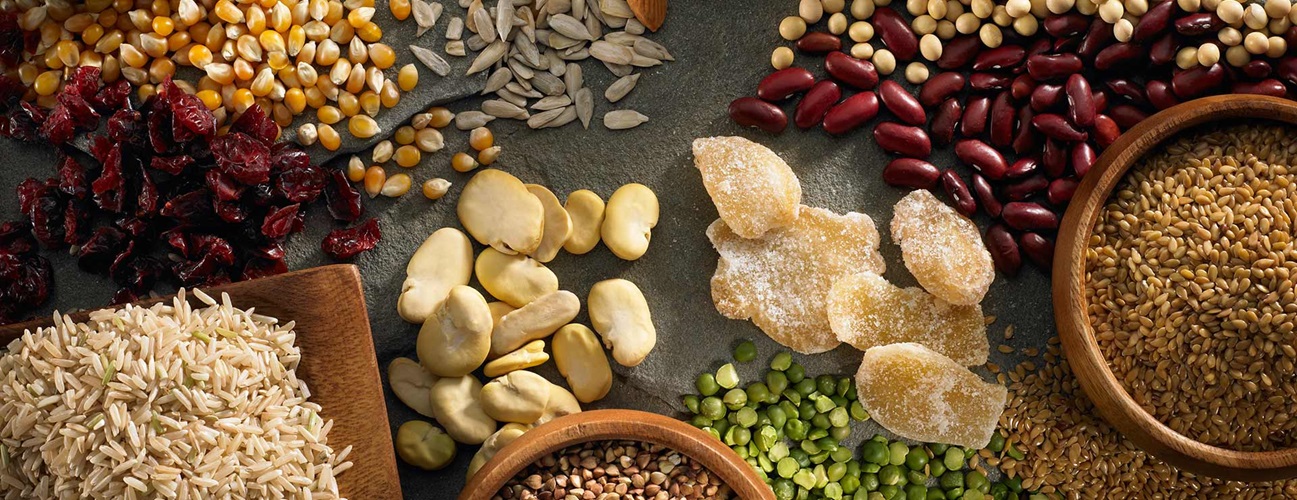




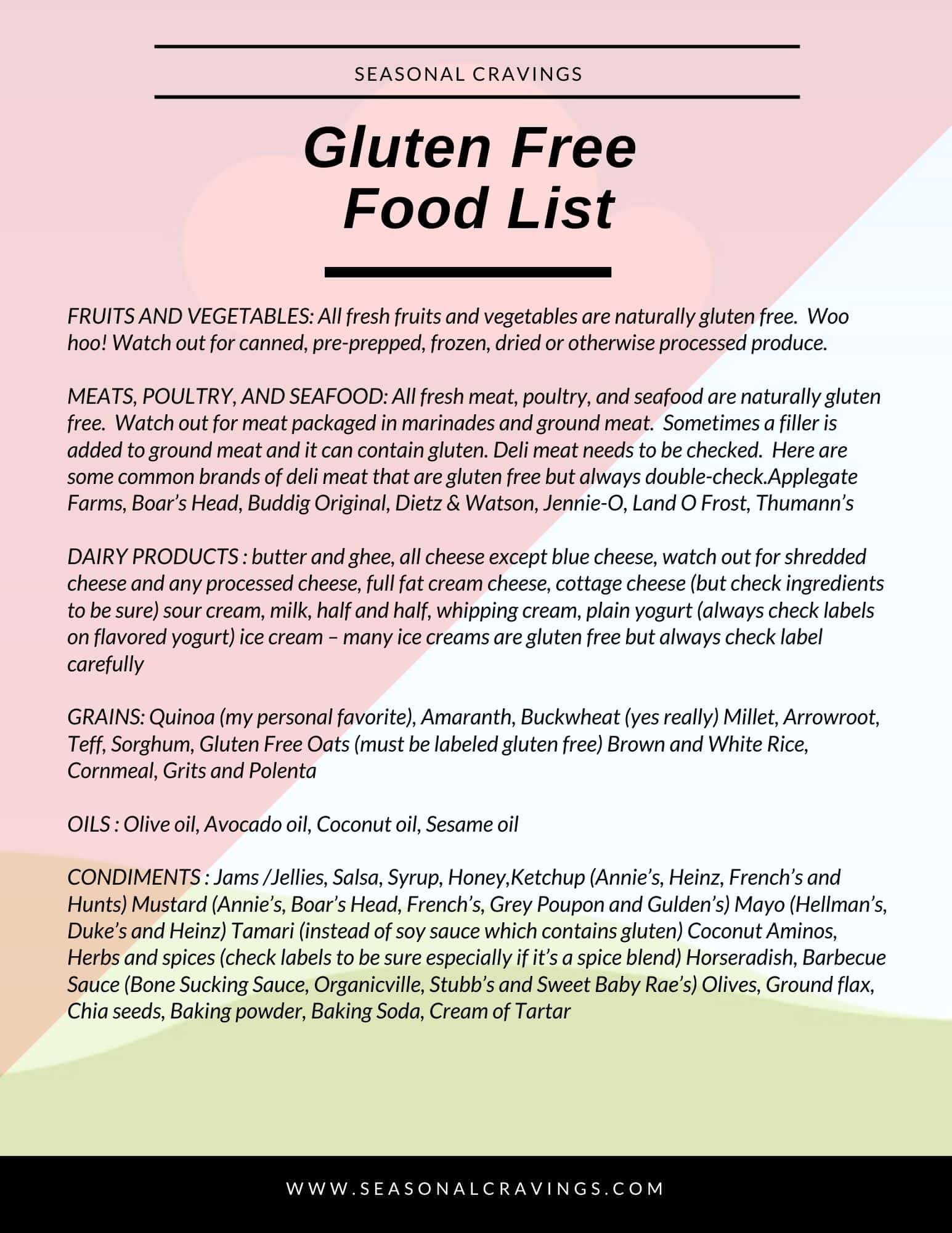

Post a Comment for "44 how to find gluten on food labels"